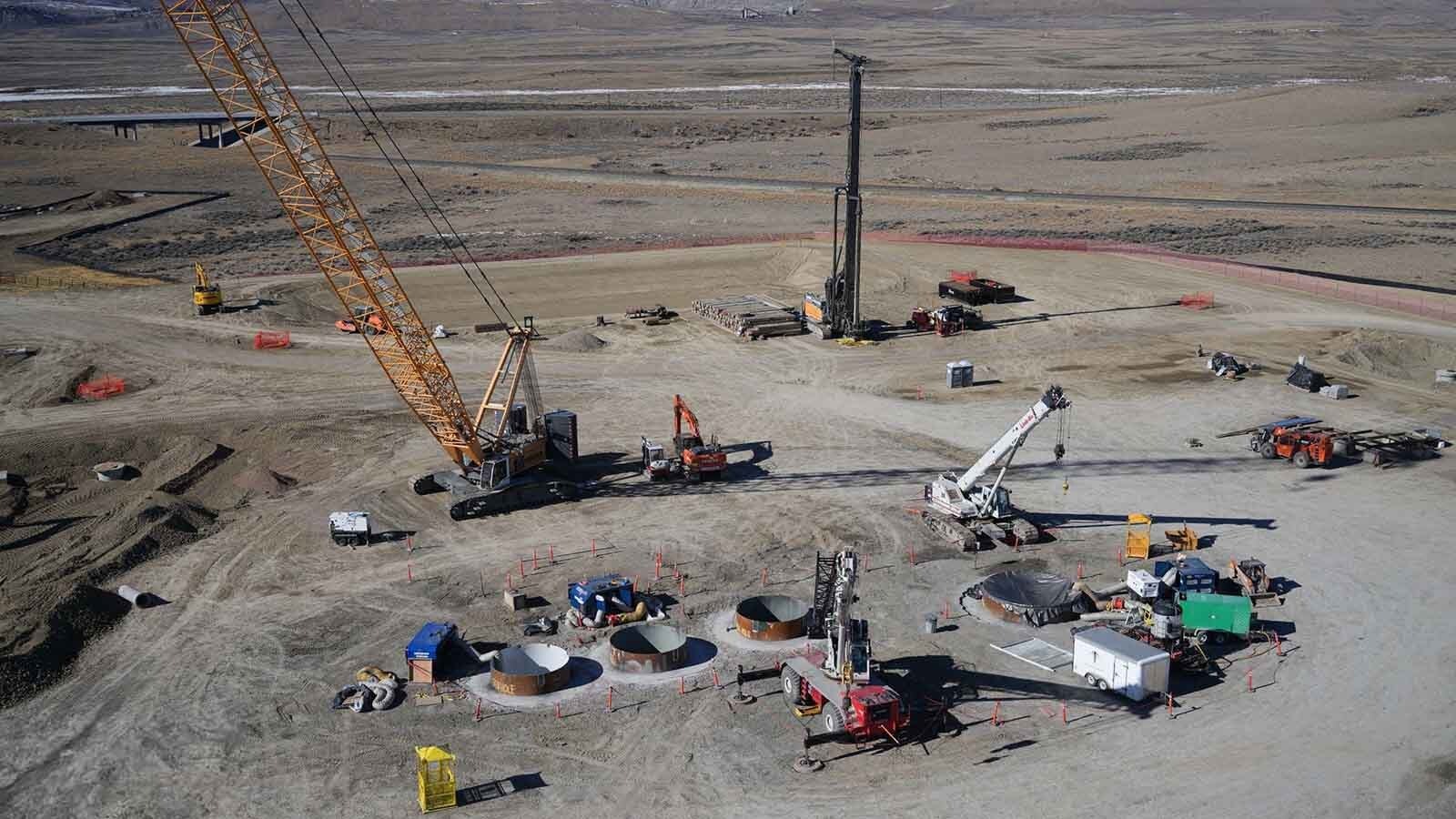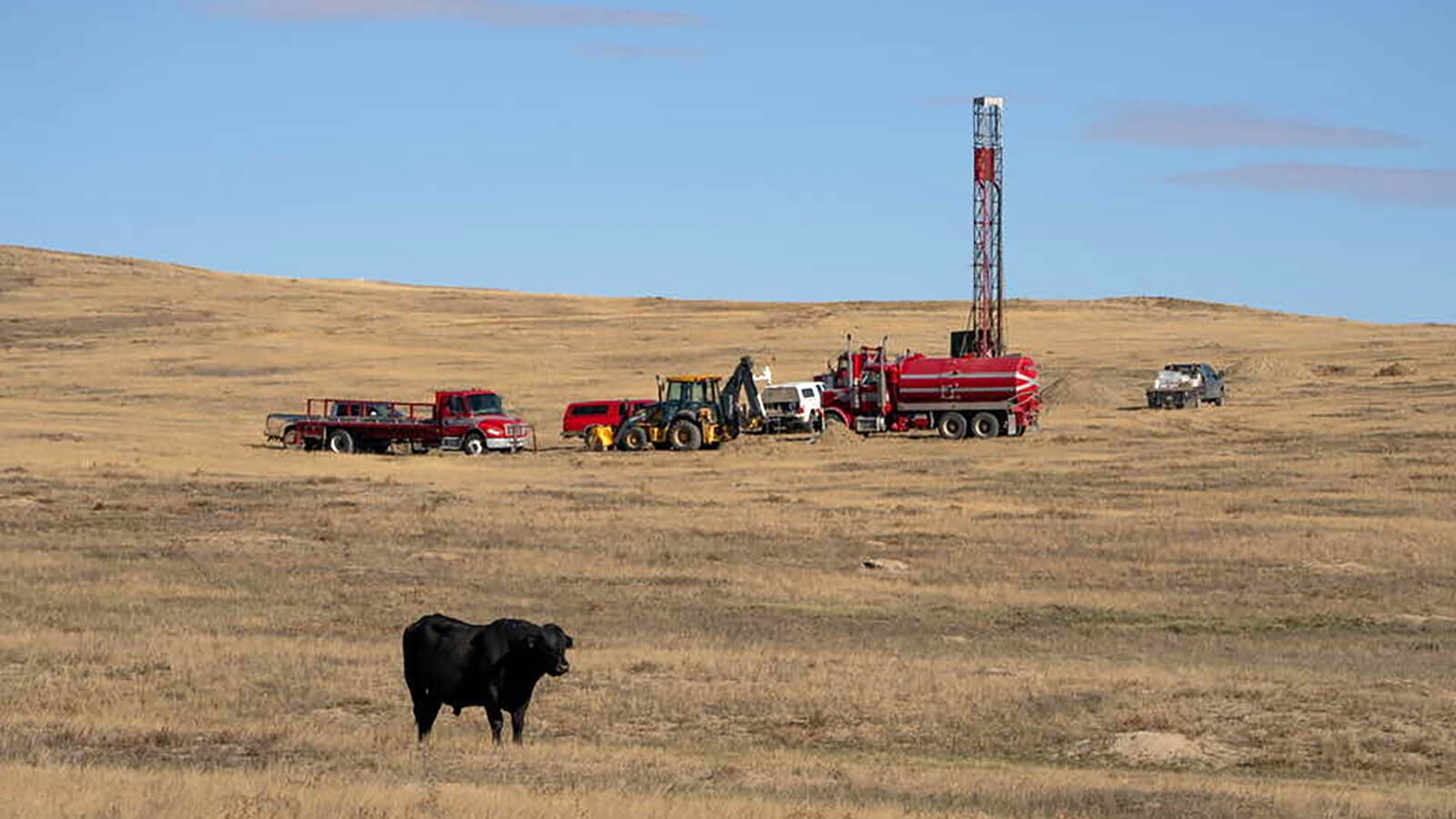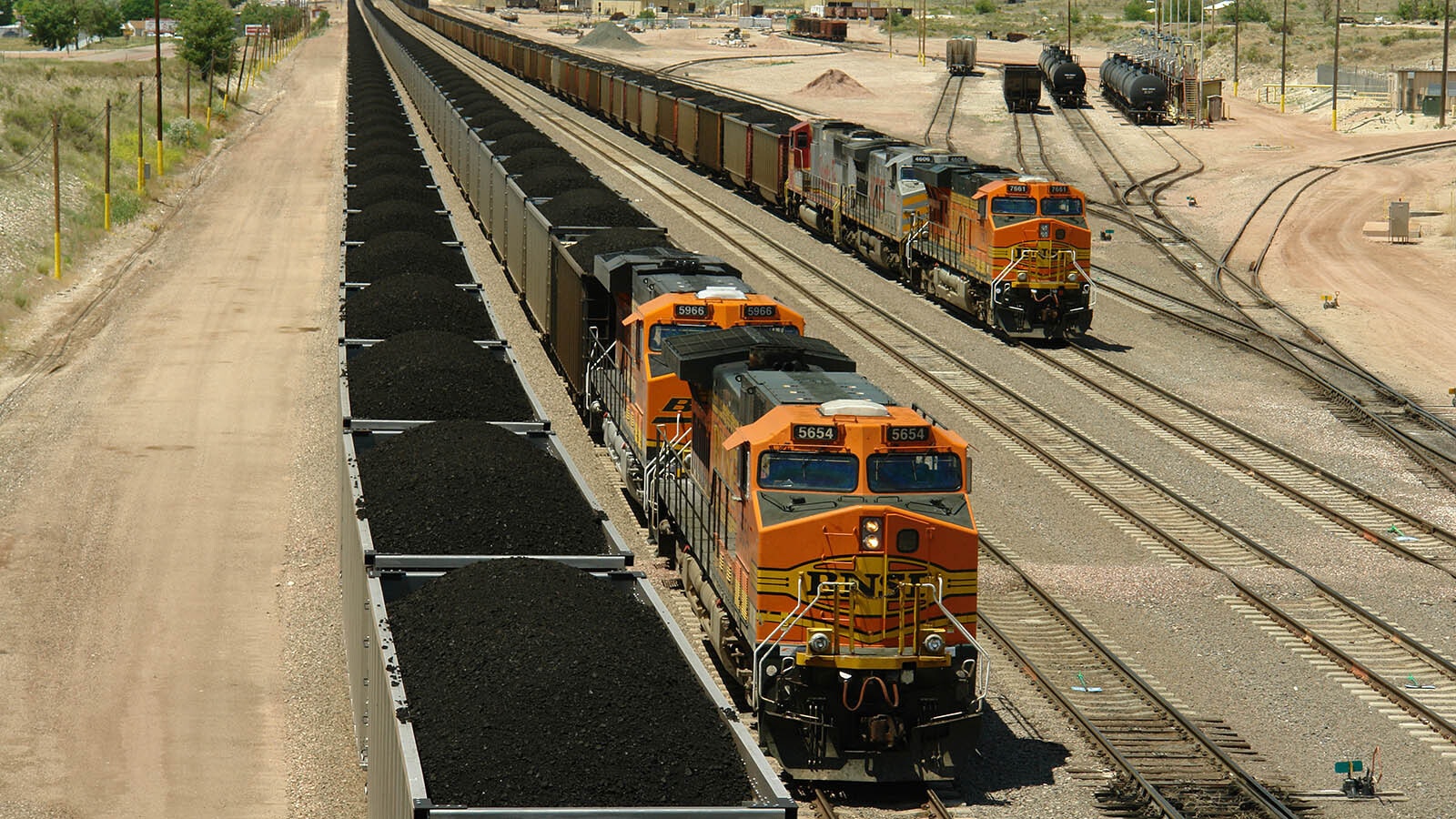Coal continues to see its competitive edge slip in favor of alternative forms of energy, having lost the battle to supply a majority of America’s electricity for the first time during key summer months where the sector has always been a dominant player.
With coal production from Wyoming’s energy-rich Powder River Basin down 25% in the first half of 2024, it should come as no surprise that wind and solar nationwide generated more electricity than coal through the first seven months of the year, according to preliminary data published by the Energy Information Administration.
This is a first for renewable resources overtaking coal in terms of taking the lead from coal for the first seven months of a year, the EIA reports.
Noteworthy is the collapse in coal production in Wyoming's PRB in northeastern Wyoming.
“Coal-fired production has been on this relatively steady march of decline for the past 15 years with the advent of shale gas,” said Mark Repsher, an analyst who tracks the power industry at PA Consulting Group in Denver. “It unlocked low-cost gas supplies and made coal struggle.”
Coal may see some resurgence from macro-economic events, such as continued growth of energy-starved data centers like those in the Cheyenne area, the rise in artificial intelligence applications and reshoring of manufacturers from overseas that want to return their operations to the United States.
“I could see a scenario where the sector has more years left in it than what we thought a year or two ago,” Repsher told Cowboy State Daily of this possible resurgence of coal-fired power plants delaying retirement.
By The Numbers
For sure, Wyoming’s coal hasn’t seen the rebound just yet.
Second quarter data released in July by the Wyoming State Geological Survey revealed that coal production has slipped nearly 30% from the second quarter of 2023 when the Cowboy State dug up nearly 54.7 million tons of coal out of the PRB.
In the same three-month period this year, more than 38.5 million tons of coal was mined, according to state data.
For the first six months of 2024, coal production fell 25% to 84.6 million tons of coal mined from 112.7 million tons dug up in the first half of 2023.
The coal industry has stated that it expects some recovery in the second half of the year as utilities work down coal inventories stored next to power plants and contracts to replace supplies trickle in.
EIA previously reported that renewable generation surpassed coal in 2020, 2022 and 2023. But those figures included other resources such as hydropower.
This most recent EIA report shows that wind and solar are poised to overtake coal on their own — without hydro. Together, wind and solar accounted for 16% of U.S. power generation through July, slightly more than coal's share of the power generation market.
The milestone shouldn’t come as a surprise given the pace of coal plant retirements and the growth in wind and solar.
Even Wyoming, which is not ranked among the top alternative energy producers in the U.S., is showing growth in both areas for electricity production.
It also shows how much the energy landscape in the U.S. has changed over the last 15 years. In 2009, the PRB produced nearly 420 million tons of coal and accounted for 50% of the nation’s electricity generation.
Wyoming’s Alternate Universe
The American Clean Power Association said that Wyoming has an installed base of wind generating capacity of 2,508 megawatts with 3,503 megawatts under various stages of construction.
Through the first quarter of 2024, the Solar Energy Industries Association reports that Wyoming has 124 megawatts of solar installation in place with projections to build another 673 MW over the next five years.
Last year, wind and solar nationally outpaced coal through May before the fossil fuel eventually steamed ahead when power demand surged in the summer.
Coal generation usually declines in the spring months because of falling power demand and seasonal plant maintenance, and picks up when electricity demand rises in the summer.
The growth of renewables has been driven by a surge in solar production over the last year.
The 118 terawatt-hours generated by utility-scale solar facilities through the end of July represented a 36% increase from the same period last year, according to EIA figures.
One terawatt-hour is enough power to cool 500,000 homes for a year, or light more than 1 million homes.
Wind production was 275 TWh, up 8% over 2023 levels.
The combined production of 393 TWh for renewables outpaced coal generation of 388 TWh.
“There has been an inexplicable decline in coal and steady growth rate for solar and wind,” Repsher said. "A lot has to do with governmental policies."
Pat Maio can be reached at pat@cowboystatedaily.com.





